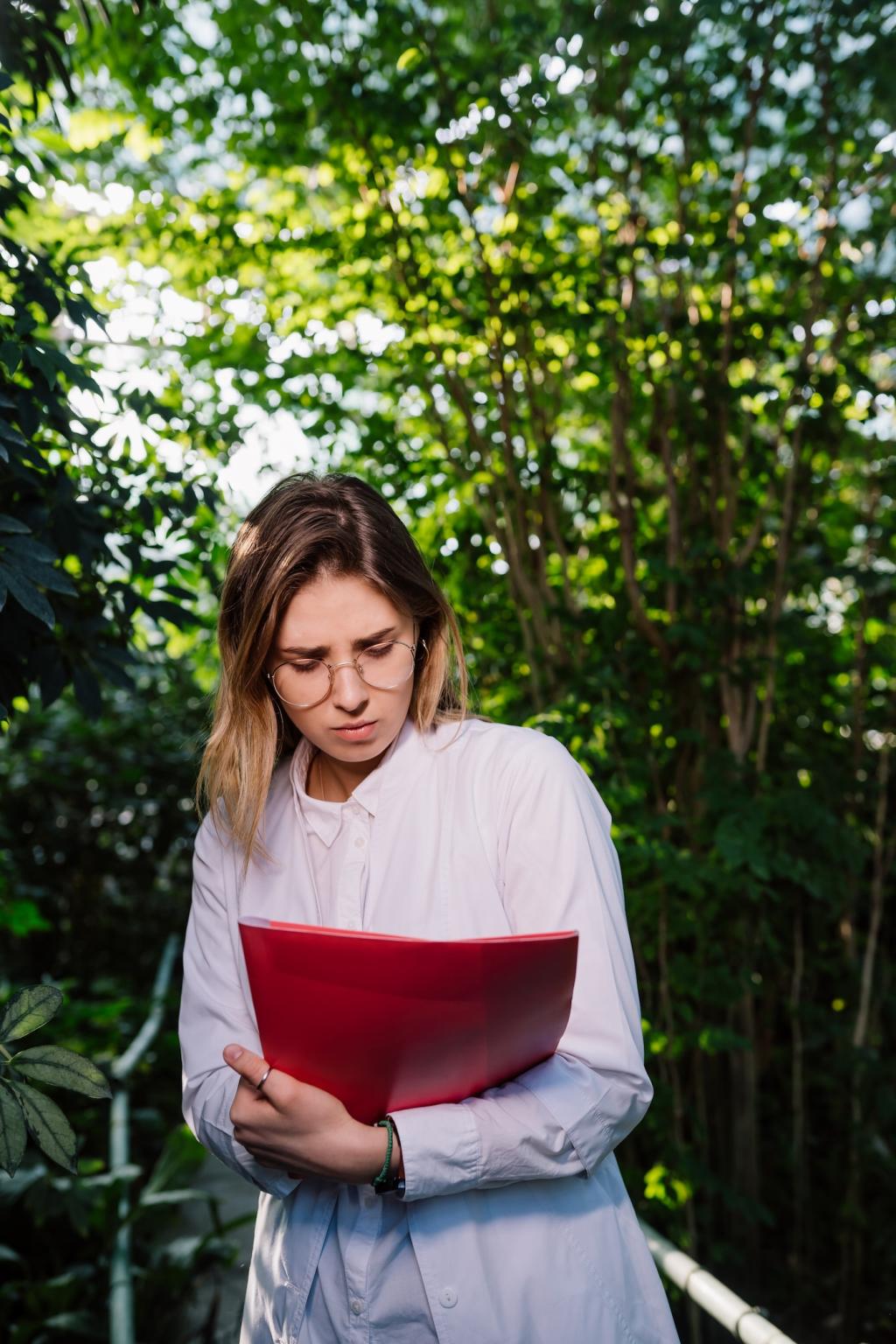Eco-friendly Fashion Trends: Wear the Change
Today’s chosen theme: Eco-friendly Fashion Trends. Step into a future where style and stewardship walk the runway together. Explore innovations, stories, and practical habits that make wardrobes lighter on the planet and richer in meaning. Join the conversation, subscribe for fresh insights, and help shape what comes next.
Organic Cotton and Hemp Essentials
Organic cotton avoids synthetic pesticides and favors healthier soils, while hemp grows quickly, needs fewer inputs, and delivers strength and breathability. Together, they embody Eco-friendly Fashion Trends by pairing everyday comfort with credible environmental benefits and timeless, versatile style.
Regenerated Cellulose: TENCEL and Lyocell
TENCEL Lyocell is produced in a closed-loop process that recovers solvents and conserves resources. Its silky drape, moisture management, and durability make it a standout. Eucalyptus-based fibers illustrate how modern engineering can elevate Eco-friendly Fashion Trends without compromising performance.
Next‑Gen Leathers: Pineapple, Cactus, and Mycelium
Pineapple leaf fiber, cactus-based alternatives, and mycelium leathers are disrupting tradition with animal-free options. While durability varies by brand, rapid improvements show promise. These materials capture Eco-friendly Fashion Trends by transforming agricultural byproducts and lab-grown substrates into eye-catching, cruelty-free texture.

Circular Fashion in Action
Brand take‑back programs and peer‑to‑peer marketplaces keep quality pieces circulating. Verified authentication and transparent grading build trust, while trade‑in credits nudge better choices. Circular pathways are central to Eco-friendly Fashion Trends, reducing landfill pressure and unlocking hidden value in closets everywhere.

Plant and Bio‑Based Dyes
Indigo, madder, and marigold bring earthy hues to life, while emerging bacterial dyes offer vivid tones with minimal inputs. Natural palettes vary by harvest, embedding uniqueness. This living color story aligns beautifully with Eco-friendly Fashion Trends and locally rooted craftsmanship.
Waterless and Foam Dyeing Technologies
CO₂ dyeing and foam application can dramatically reduce water, energy, and chemical use. Though adoption varies, early pilots show strong promise. When scaled responsibly, these innovations anchor Eco-friendly Fashion Trends in measurable process improvements, not just aesthetic aspirations.
Certifications and Clean Standards
Look for GOTS for organic textiles, Bluesign and ZDHC compliance for chemical management, and OEKO‑TEX for tested safety. These benchmarks translate intentions into practice, helping Eco-friendly Fashion Trends deliver traceable assurance rather than vague, feel‑good marketing claims.


Designing a Sustainable Closet
Start with silhouettes you wear most, then choose a restrained palette that mixes easily. A thoughtful capsule minimizes impulse buys and maximizes cost‑per‑wear. Eco-friendly Fashion Trends shine when fewer, better pieces become your dependable, personal uniform.
Designing a Sustainable Closet
Wash cool, spot clean between wears, and line dry whenever possible. Skip unnecessary dry cleaning. Use microplastic‑catching bags or filters, and maintain knits with a gentle comb. Consistent care sustains Eco-friendly Fashion Trends by extending fabric life and saving energy.
From Field to Hanger: A Supply‑Chain Story
In a small workshop, a weaver recalls learning on a handloom beside her aunt. Fair lead times and steady orders mean she can keep her daughter in school. Eco-friendly Fashion Trends begin with dignity as much as design.
From Field to Hanger: A Supply‑Chain Story
QR labels and digital product passports let you scan and see fiber origins, mills, and makers. This transparency empowers choices and accountability. Eco-friendly Fashion Trends grow stronger when technology spotlights the people and processes behind the fabric.

Upcycling as a Design Language
Designers rescue surplus fabric and transform it into limited‑run treasures. Each bolt’s quirks shape pattern placement and silhouette. This constraint, central to Eco-friendly Fashion Trends, yields individuality that standard mass production can’t replicate.


Cutting Shedding and Waste
Fill the machine, choose gentle cycles, and use a filter or washing bag to capture fibers. Air dry synthetics when possible. These steps meaningfully support Eco-friendly Fashion Trends by shrinking shedding without sacrificing cleanliness or comfort.
Cutting Shedding and Waste
Natural or regenerated fibers like wool, organic cotton, hemp, and TENCEL shed less persistent microplastics. If choosing synthetics for performance, prefer recycled content and heavier knits. In Eco-friendly Fashion Trends, fiber selection is both functional and environmental strategy.
